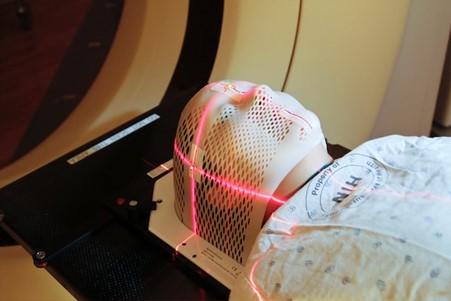Since the 1950s, ultrasound technology has been invaluable to the medical field. This technology has come a long way since then–to the point that some are integrating robotics. The question then is how this development advances biotechnology.
Robotically assisted ultrasound could provide benefits in the form of improved ease of use for sonographers, greater availability, and accuracy of assessments. There are several limitations that must be overcome in the meantime, however.
John Myungjune Kim notes that the medical field is constantly evolving to the point it can be difficult to keep up. Below are some of the key developments and breakdowns regarding robotically assisted ultrasound technology.
The Current State of Medical Robotics
By no means is robotically assisted ultrasound widely available at this point. Today, most sonographers are using hand-held ultrasound probes. That said, there are a few examples of this technology in use.
Since 2019 Novasignal’s Lucid™ Robotic System has been used in select hospitals to remotely scan patients. This device is made up of a robotic headset that can detect blood flow among other ultrasound purposes.
Another robotic ultrasound device is the MGIUS-R3. This model is made up of an arm with an ultrasound probe at the end. Like the previous device, the MGIUS-R3 allows physicians to control the probe remotely with real-time data.
In addition to these two, there are several other devices. They include the MELODY system, ReMeDi, and TOURS to name a few. These devices are variations of a common design with differing levels of autonomy.
The eventual goal seems to be fully autonomous ultrasound devices with physicians free to focus on other aspects of the procedure. While these devices aren’t there yet they are well on their way.

The Benefits of Robotic Assistance
There are many great benefits that could come with robotic assistance. They range from benefits for the sonographer to benefits for the patient.
- Reduced strain on sonographers
- Improved access in rural areas
- More precise mapping
The first is that these robotic ultrasound devices can reduce strain on the bodies and minds of sonographers. With hand-held ultrasound devices, the sonographer must split their attention between the device, patient, and display. This may be easy for experienced sonographers, having the tech available will make the exams simpler.
The next big benefit is that those experienced sonographers are not unlimited nor are they everywhere. Advanced robotically assisted ultrasound devices could perform exams with a remote physician or eventually no physician at all.
Lastly, the precision of robotics could allow sonographers to reacquire specific images more easily. This is possible without robotics, however difficult. This also comes with greater stability as mechanical arms (or other apparatus) do not tire.
Final Thoughts
Although the robotics are not yet at the point to be fully and reliably autonomous the field is close. With this advance in biotech, the medical field can further improve the patient’s experience. Greater access will allow people to receive testing more easily which will in turn improve public welfare.

